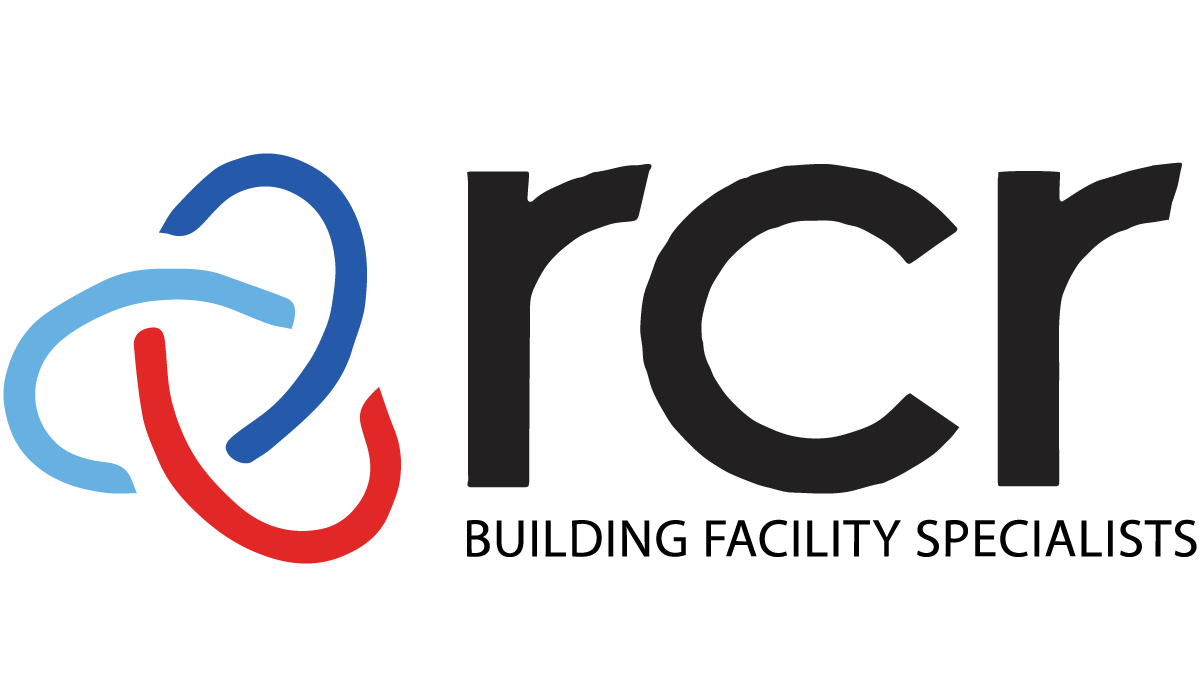Top 5 Sustainable Energy Technologies Revolutionising New Zealand
Introduction
New Zealand’s commitment to sustainability has positioned it as a global leader in renewable energy. The nation’s unique geographical and climatic conditions provide a perfect setting for various forms of sustainable energy technologies. From the robust winds sweeping through the Cook Strait to the geothermal activities in the Taupo Volcanic Zone, New Zealand harnesses its natural resources to fuel its future. This article explores the top five sustainable energy technologies that are revolutionising the renewable energy sector in New Zealand.
Solar Energy
Harnessing the Sun’s Power
Solar energy has seen exponential growth across New Zealand homes and businesses. The technology’s appeal lies in its simplicity and the abundant sunshine available, particularly in regions like the Bay of Plenty and Hawke’s Bay. Advances in photovoltaic technology have reduced costs and increased efficiency, making solar panels a common sight in both urban and rural settings. The government’s support through subsidies and incentives further encourages the adoption of solar power, aiming for a substantial reduction in greenhouse gas emissions.
Wind Energy
The Gale Force of Renewables
New Zealand’s rugged coastlines and rolling hills are ideal for wind farms, with several large-scale setups already in operation. Wind energy is crucial in the country’s energy mix, contributing significantly to the national grid. Places like Wellington, known as the windiest city on earth, capitalise on their geographic advantage, hosting multiple wind farms that are not only powering homes but also driving technological innovation in turbine design.
Geothermal Energy
Earth’s Natural Heater
The North Island’s geothermal energy is a testament to New Zealand’s volcanic activity. It provides a steady and reliable source of energy that is largely immune to weather fluctuations, unlike other renewable sources. This technology involves tapping into underground reservoirs of steam and hot water to generate electricity and direct heating, making it a cornerstone of the local energy infrastructure, particularly in regions like Rotorua and Taupo.
Hydroelectric Power
Flowing Towards the Future
Hydroelectric power is the backbone of New Zealand’s electricity system, contributing the largest share of the renewable energy mix. The country’s numerous lakes and rivers facilitate extensive hydroelectric infrastructure that generates clean, efficient, and cost-effective power. Future developments aim to enhance the efficiency of existing facilities and explore potential sites for new stations, ensuring the sustainability of this technology.
Emerging Technologies
Pioneering Future Solutions
New Zealand is also at the forefront of researching and deploying emerging technologies such as ocean energy — including tidal and wave energy. Although in the early stages of development, these resources hold the potential to contribute significantly to the energy landscape. Pilot projects and research conducted in coastal areas are paving the way for what could be the next big leap in renewable energy technologies.
Conclusion
New Zealand’s energy sector is undergoing a transformative shift towards sustainability, driven by the adoption of cutting-edge technologies in solar, wind, geothermal, hydroelectric, and emerging energy forms. This commitment not only helps New Zealand meet its environmental targets but also sets a global standard for renewable energy implementation. As these technologies continue to evolve and scale, the future looks promisingly green for New Zealand, a pioneer in renewable energy innovation.

